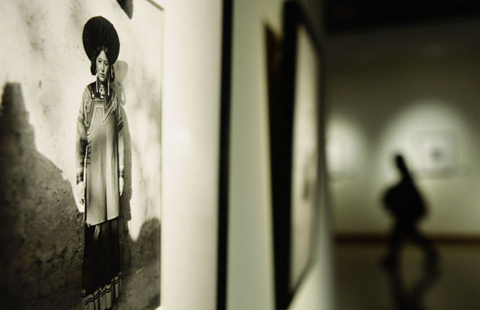Tragedy and humor found an inch apart
By Han Bingbin ( China Daily ) Updated: 2014-01-24 11:21:01According to Chekhov's letters, he disagreed with Stanislavski's characterization of his plays as tragedies. Chekhov also argued with his wife when she wrote to him describing how actors cried during the script reading of The Cherry Orchard.
"I can really see from his plays that joy and sorrow are merely an inch apart," Lai says. "When you experience extreme happiness or extreme sadness, take a picture. You'll probably see the same look on your face."
The Seagull, which Lai calls an encyclopedia of love, depicts various modes of relationships. For example, two people love each other but can't be together, and people who end up together don't love each other. Some people regret the loss of love, while others don't care.
"When you wonder how a woman is so stupid as to love a man like this, it's a tragedy. But you can also say, 'It's so funny how she actually loves him'. Joy or sorrow rather depend on your perspective," Lai says.
In Lai's previous plays, he has been equally capable of making his audience laugh and cry. The Village, for example, examined the lives of three Kuomintang soldier families who had lived in Taiwan since 1949 yet longed to return to the Chinese mainland. While the stories were humorous, the underlying themes of how politics and history affect ordinary people's destinies gave the play a tragic overtone.
"The actors told me they laughed like crazy during the rehearsal of The Seagull. So I am really curious how Lai is going to stage a turn of emotions," says Zhang Yue, TV host and writer who recently joined Lai in a public discussion about the plays.
If you go:
Two plays in a row, starting at 4 pmwith a supper break,March 1416, Beijing Poly Theater, 14 Dongzhimennan Dajie (Street), Dongcheng district. 4006004100.
|
|
|
|
|
|
|
|



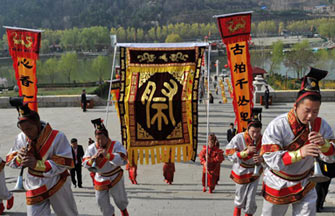
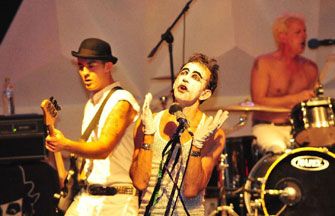
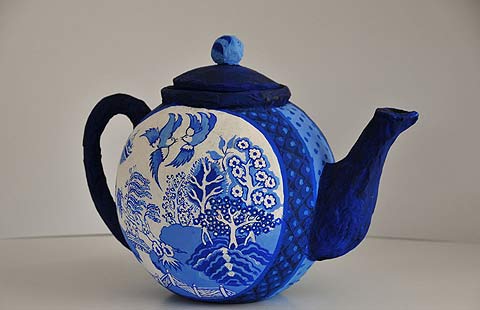
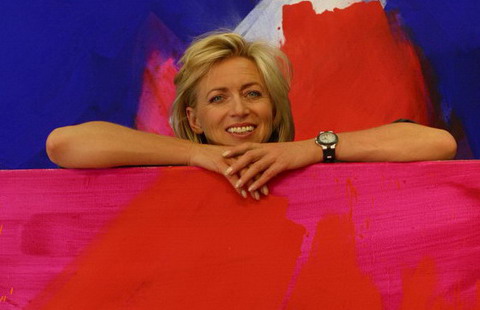
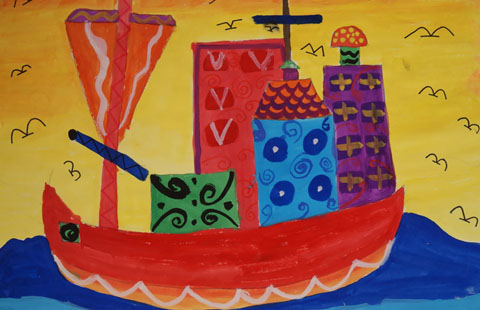




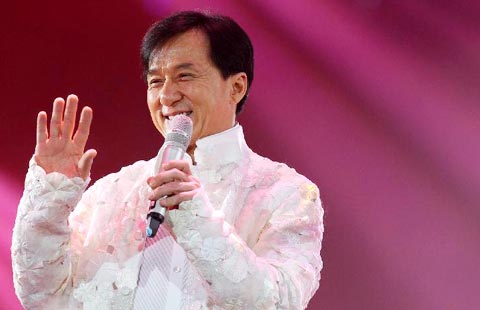




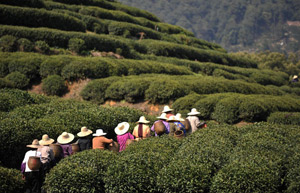


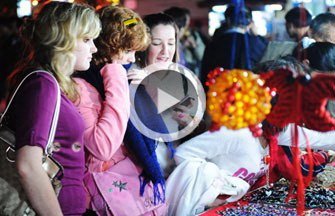
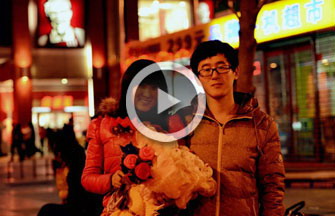

 Raymond Zhou:
Raymond Zhou: Pauline D Loh:
Pauline D Loh: Hot Pot
Hot Pot Eco China
Eco China China Dream
China Dream China Face
China Face



